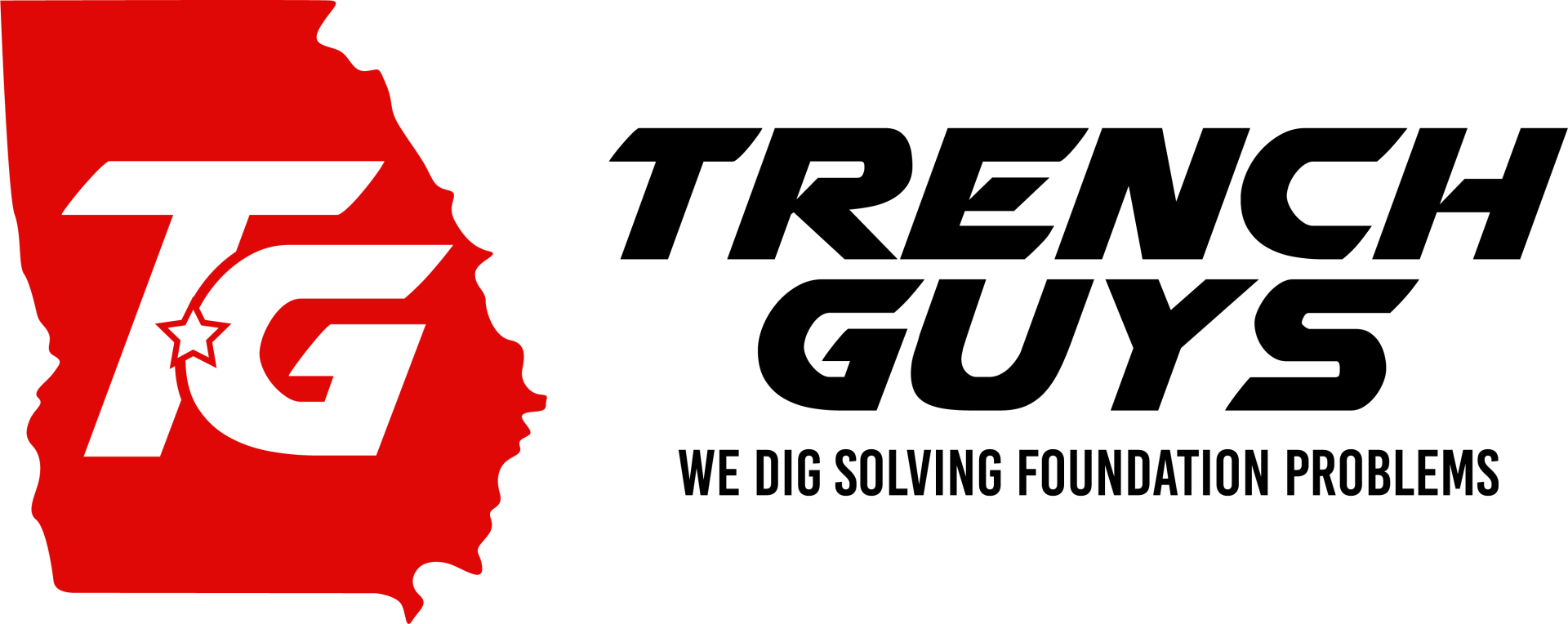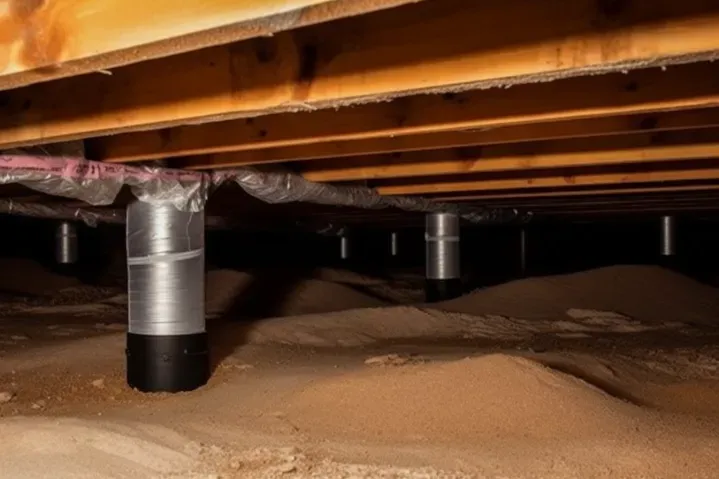Welcome to our comprehensive guide on maintaining a healthy crawl space – a crucial yet often overlooked aspect of home care. The crawl space, hidden beneath your home, plays a pivotal role in the overall health and longevity of your living space. In this blog, we delve into the importance of keeping this vital area in top condition and how it can impact the rest of your home.
Many homeowners may not realize that issues in the crawl space can lead to significant problems, including structural damage, poor air quality, and increased energy costs. Understanding how to identify and address these issues is key to safeguarding your home's integrity and ensuring a comfortable living environment.
We will guide you through the process of diagnosing common crawl space problems, empowering you to take proactive steps in crawl space maintenance. From spotting early signs of moisture and mold to recognizing structural weaknesses and ventilation issues, this blog is designed to equip you with the knowledge and tools needed to maintain a healthy crawl space.
Join us as we explore the essential practices for crawl space care, providing you with practical tips and insights to keep this foundational area of your home in optimal condition. Whether you're a seasoned homeowner or new to home maintenance, this guide will help you understand the significance of your crawl space and how to effectively manage its upkeep.
Understanding Your Crawl Space
A well-maintained crawl space is crucial for the overall health and stability of your home. This section of our blog is dedicated to helping you understand the role and function of crawl spaces in home construction and the common issues that can arise if they are neglected.
Role and Function of Crawl Spaces
Crawl spaces are an integral part of many homes, serving several important functions. Primarily, they are designed to provide access to important home systems like plumbing, electrical wiring, and HVAC components. Additionally, crawl spaces help in insulating your home and protecting it from moisture coming from the ground.
In this segment, we'll provide a basic introduction to crawl spaces, explaining their purpose in home construction. You'll learn about the different types of crawl spaces, their typical locations and constructions, and why they are a preferred choice in certain geographical areas. Understanding the role of your crawl space is the first step in recognizing its importance in the overall health and maintenance of your home.
Common Issues in Crawl Spaces
Despite their importance, crawl spaces are prone to a number of issues, especially if not properly maintained. Common problems include moisture accumulation, mold growth, pest infestations, and structural damage.
In this part of the blog, we will discuss these typical crawl space problems in detail:
- Moisture and Mold: Excess moisture can lead to mold and mildew growth, which not only damages the structure but can also pose health risks to the home's inhabitants.
- Pest Infestations: Damp and neglected crawl spaces can become breeding grounds for pests like rodents and insects, which can cause further damage.
- Structural Damage: Moisture and pests can weaken the structural components of your home, leading to issues like wood rot and foundation cracks.
By understanding these common issues, homeowners can take proactive steps to mitigate them, ensuring the health and longevity of their crawl spaces and, consequently, their homes.
Safety First: Preparing for a Crawl Space Inspection
Conducting a crawl space inspection is an essential part of home maintenance, but it's crucial to approach it with safety in mind. This section of our blog is dedicated to guiding you through the necessary preparations for a safe and effective crawl space inspection, including the essential safety gear and precautionary measures to take.
Necessary Safety Gear
Before you embark on a crawl space inspection, equipping yourself with the right safety gear is essential. This gear is designed to protect you from potential hazards you might encounter. Here’s a list of safety equipment you should have:
- Protective Clothing: Wear long sleeves and pants to protect your skin from scratches and irritants.
- Gloves: Durable gloves are necessary to protect your hands from sharp objects and potential irritants.
- Safety Goggles: To protect your eyes from dust, insulation fibers, and other airborne particles.
- Respirator or Dust Mask: This is crucial to avoid inhaling dust, mold spores, and other harmful particles.
- Headlamp or Flashlight: Adequate lighting is essential for visibility in the typically dark crawl space.
- Knee Pads: These can provide comfort and protection when moving around on your knees.
- Sturdy Boots: Wear boots with a good grip to prevent slipping and to protect your feet.
Having these items will help ensure your safety during the inspection, allowing you to focus on assessing the condition of your crawl space effectively.
Precautionary Measures
In addition to wearing the right gear, there are several precautionary measures you should take before and during a crawl space inspection:
- Inspect for Wildlife: Before entering, check for signs of animals or pests that may have taken refuge in your crawl space.
- Ensure Good Ventilation: Make sure the crawl space is well-ventilated to avoid inhaling harmful fumes or dust.
- Beware of Electrical Hazards: Be cautious of any exposed wires or electrical fixtures, especially in damp conditions.
- Never Go Alone: Always have someone with you when you enter a crawl space, or at least inform someone of your plans.
- Know Your Exit: Be aware of your entry and exit points in case you need to leave quickly.
- Avoid Touching Unknown Substances: Be cautious of unknown liquids or substances you might encounter.
By following these safety measures and wearing the appropriate gear, you can conduct your crawl space inspection safely and effectively.
Conducting a Visual Inspection
A thorough visual inspection of your crawl space is a vital part of home maintenance. It helps in identifying potential issues that could lead to more significant problems if left unaddressed. This section of our blog focuses on how to conduct a visual inspection, specifically looking for signs of moisture and detecting mold and mildew.
Identifying Signs of Moisture
Moisture in a crawl space can lead to a host of problems, including structural damage and mold growth. Recognizing the signs of moisture is key to preventing these issues. During your inspection, look for the following indicators:
- Pooling Water: Visible standing water is a clear sign of leakage or drainage issues.
- Dampness: Feel the walls and floor for any signs of wetness, which can indicate moisture intrusion.
- Water Stains: Look for discolorations on walls, floors, or support beams, which can be a sign of ongoing or past water issues.
- Rust on Metal Components: Check for rust on metal fixtures, which can be caused by excessive moisture.
- Efflorescence: This is a white, powdery residue on concrete surfaces, indicating water evaporation and mineral deposits.
Identifying these signs early can help you take timely action to address water intrusion issues and protect your home from more severe water damage.
Detecting Mold and Mildew
Mold and mildew in a crawl space are not just structural concerns but also health hazards. Here’s how to identify their presence:
- Visual Signs: Look for fuzzy, discolored, or slimy patches on surfaces, which are indicative of mold growth.
- Odors: A musty or earthy smell is often a strong indicator of mold or mildew presence, even if it's not immediately visible.
- Allergic Reactions: Pay attention to any allergic symptoms you might experience during the inspection, as these can be triggered by mold spores.
- Previous Water Damage: Areas with past water damage should be inspected closely for mold growth.
Identifying mold and mildew early is crucial for maintaining a healthy living environment and preventing the spread of these fungi throughout your home.
Assessing Structural Integrity
The structural integrity of your home is fundamentally linked to the condition of your crawl space. Regular assessments of this area are crucial for ensuring the safety and stability of your home. In this section, we focus on how to examine the foundations and joists, as well as evaluate the condition of insulation, which are key components in maintaining the structural health of your home.
Examining Foundations and Joists
The foundation and joists are critical to the structural integrity of your home. Identifying signs of damage or decay in these areas early can prevent more serious issues in the future. Here’s what to look for during your assessment:
- Cracks in the Foundation: Look for any cracks in the foundation walls. Small hairline cracks might be normal settling, but larger cracks can indicate serious structural issues.
- Bowing or Buckling: Check if there are any areas where the foundation walls appear to be bowing or buckling inward or outward.
- Wood Rot or Damage in Joists: Examine the wooden joists for any signs of rot, damage, or termite activity. Probe with a screwdriver to test for soft spots, which indicate decay.
- Rust on Metal Components: Inspect any metal components for rust, as this can weaken the structural integrity.
Regular inspections of these structural components can help homeowners identify potential problems early and take necessary actions to maintain the structural health of their homes.
Insulation Condition
Proper insulation in the crawl space is crucial for energy efficiency and preventing moisture-related issues. Here’s how to check the condition of your crawl space insulation:
- Dampness or Wet Insulation: Inspect the insulation for any signs of dampness or wetness, as moisture can reduce its effectiveness and lead to mold growth.
- Sagging or Falling Insulation: Look for areas where insulation may be sagging or has fallen down, as this indicates it is no longer effectively doing its job.
- Mold or Mildew on Insulation: Check for any visible signs of mold or mildew on the insulation, which can be a health hazard and also indicates moisture problems.
- Gaps in Insulation: Ensure there are no gaps or spaces in the insulation coverage, as this can lead to heat loss and increased energy costs.
Regular checks and maintenance of insulation in your crawl space can significantly contribute to the overall energy efficiency and structural health of your home.
Spotting Common Crawl Space Problems
A crawl space, though often out of sight, should never be out of mind. It can be the source of several common problems that, if ignored, can lead to significant damage to your home. In this section, we discuss how to spot signs of pest infestations and ventilation issues, which are among the most common problems encountered in crawl spaces.
Signs of Pest Infestations
Pests and rodents in the crawl space can not only cause damage to your home but also pose health risks. Early detection is key to preventing these problems. Here’s what to look for to identify a potential infestation:
- Droppings and Nesting Materials: The presence of droppings, nesting materials, or even food remnants can indicate an infestation of rodents or insects.
- Gnaw Marks and Damage: Look for gnaw marks on wood, wires, or insulation, which can suggest the presence of rodents.
- Sounds and Odors: Listen for scratching or scurrying sounds and be aware of any unusual or musty odors, which can be signs of pests.
- Insect Wings or Bodies: The presence of dead insects, wings, or body parts can also indicate a pest problem.
Regular inspections for these signs can help in early detection and prompt action to control the infestation.
Ventilation and Airflow Issues
Proper ventilation in a crawl space is essential for preventing moisture buildup and ensuring good air quality. Ineffective ventilation can lead to several issues, including mold growth and structural damage. Here’s how to assess the effectiveness of your crawl space ventilation:
- Condensation: Look for signs of condensation on pipes, walls, or windows, which can indicate high humidity levels due to poor ventilation.
- Mold or Mildew Smell: A musty or moldy smell often indicates that there isn’t enough airflow to keep the area dry.
- Visible Mold or Mildew: Spots or patches of mold or mildew on surfaces suggest poor air circulation.
- Blocked or Inadequate Vents: Ensure that all vents are clear of obstructions and are sufficient in number and size for the space.
Assessing and improving ventilation in your crawl space is key to preventing moisture-related problems and maintaining a healthy home environment.
FAQs
Contact Trench Guys Today!
Trench Guys will do everything we can to ensure your experience with us is excellent.
Request A FREE Estimate
Request a Free Estimate Form
Checkout Recent Post
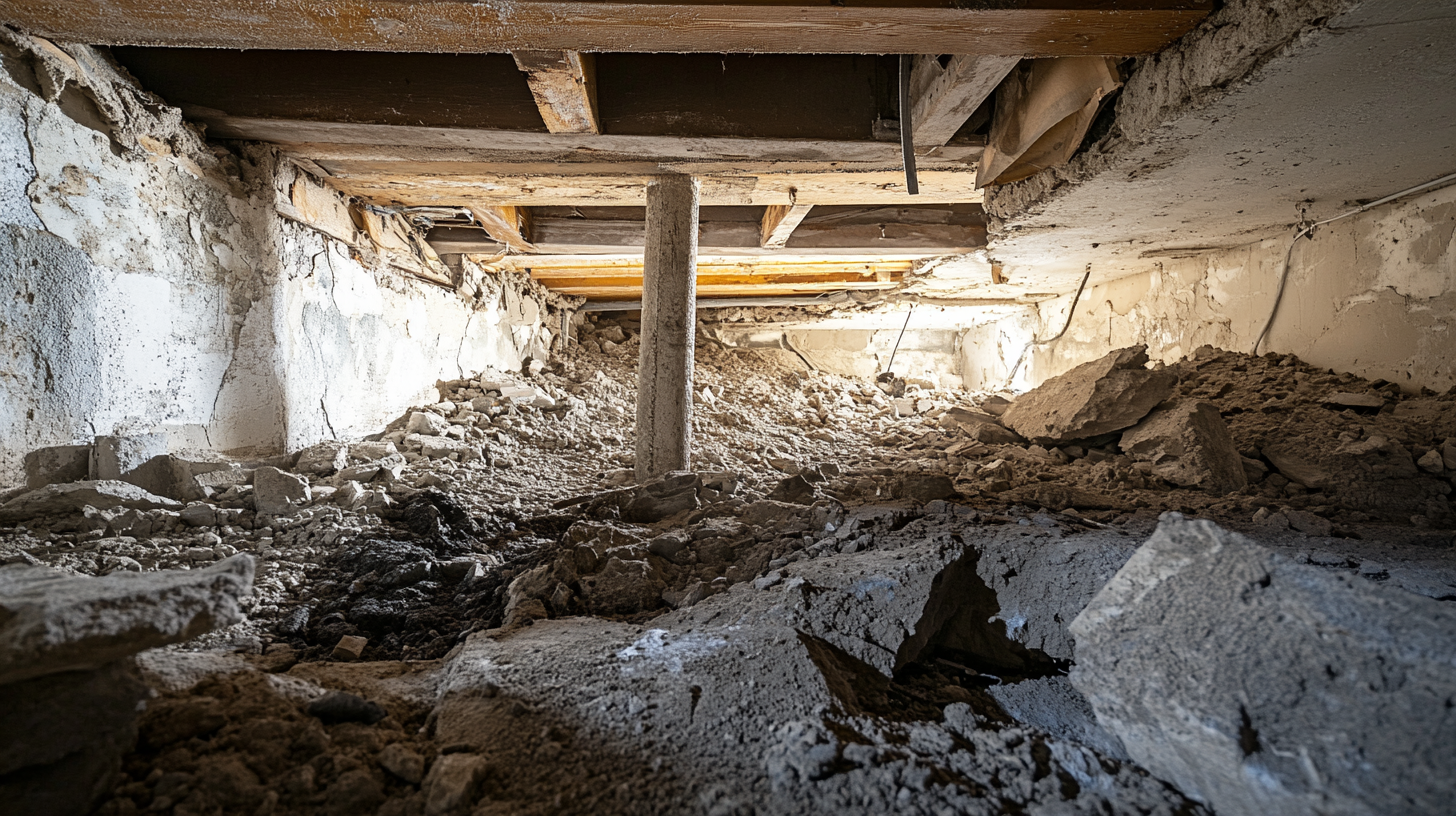

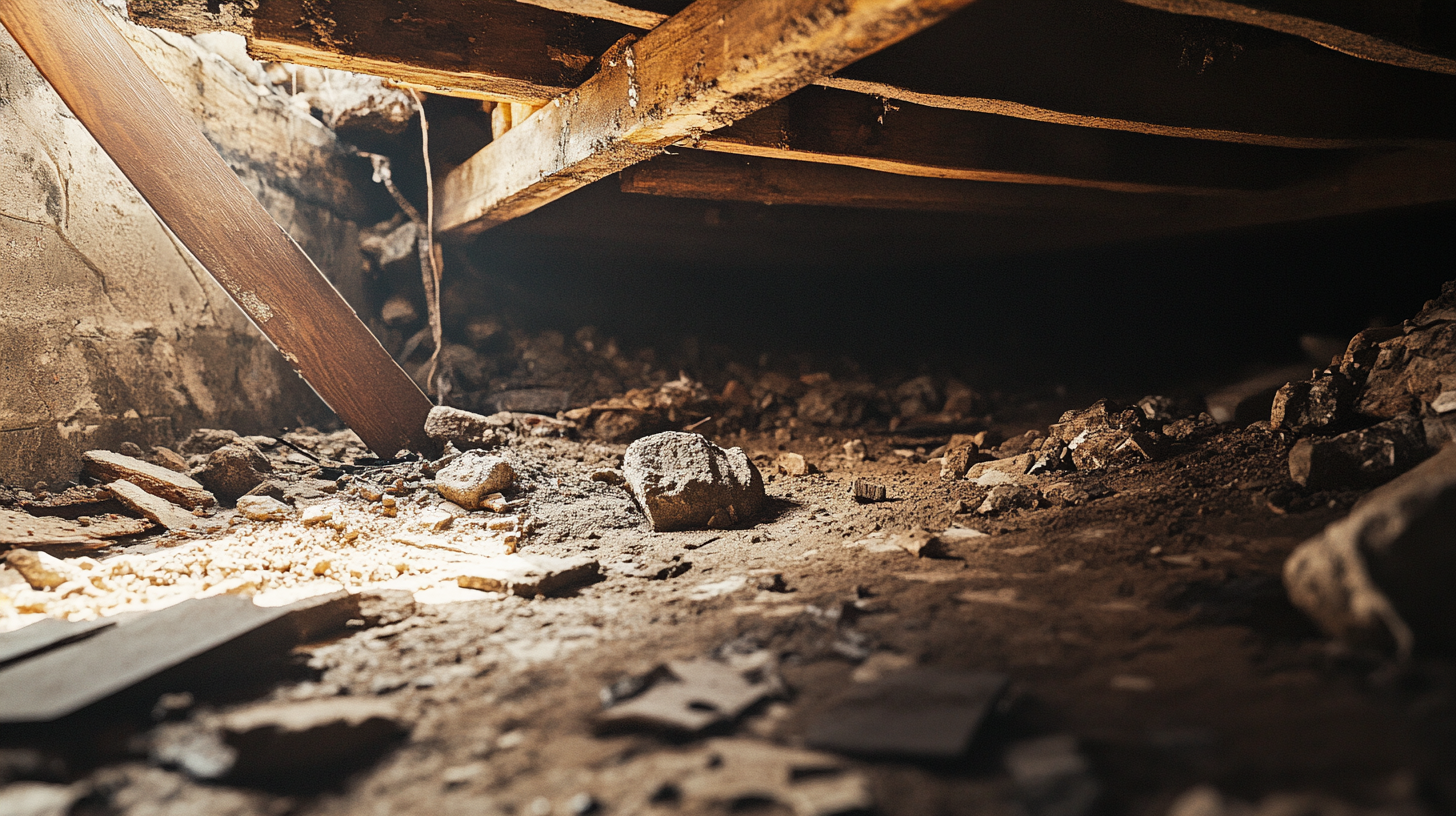
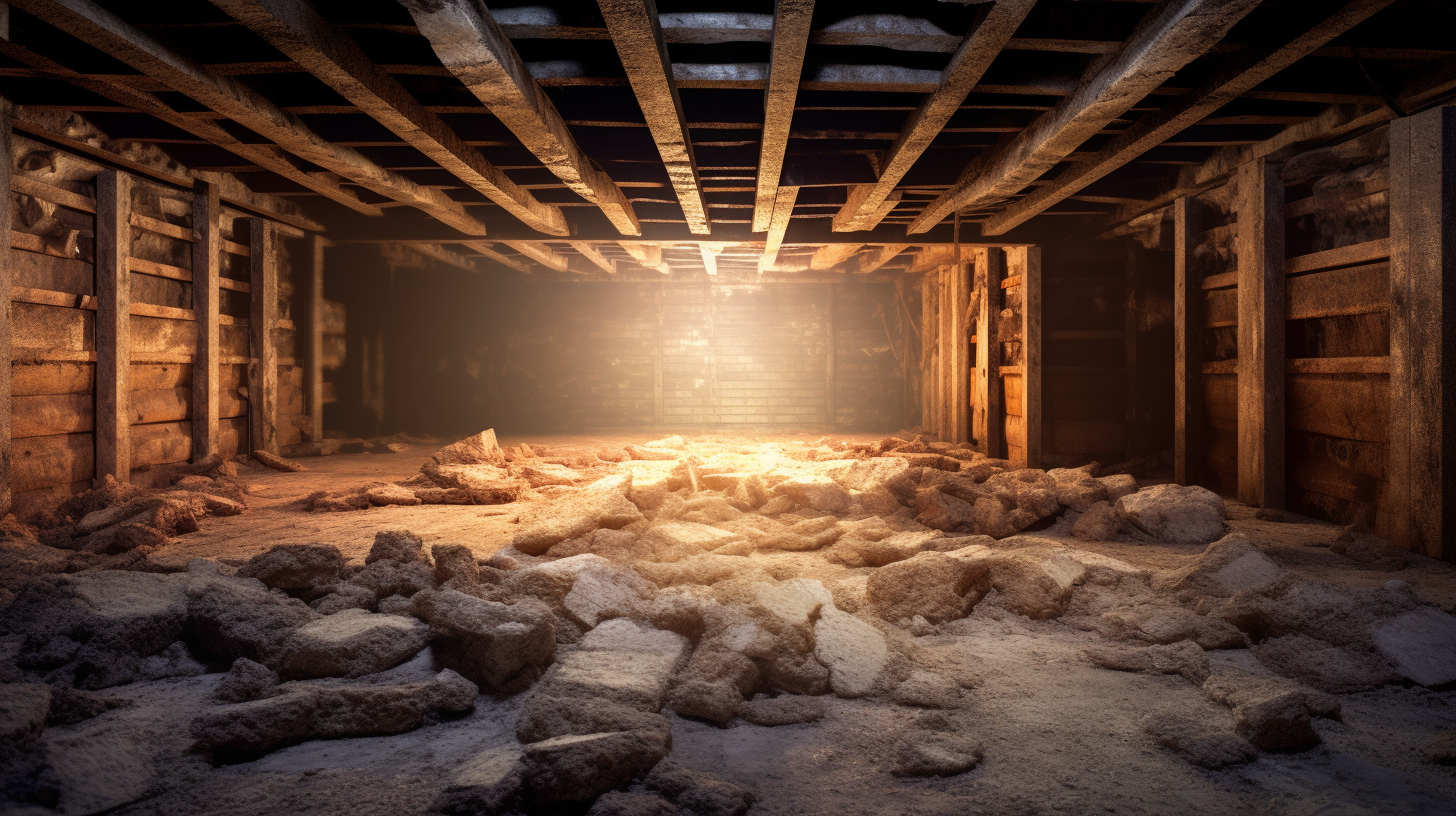
Got a Question? We’re Here to Help.
You can arrange an appointment or make an enquiry by phone or email, orget in touch to us via our contact form.
